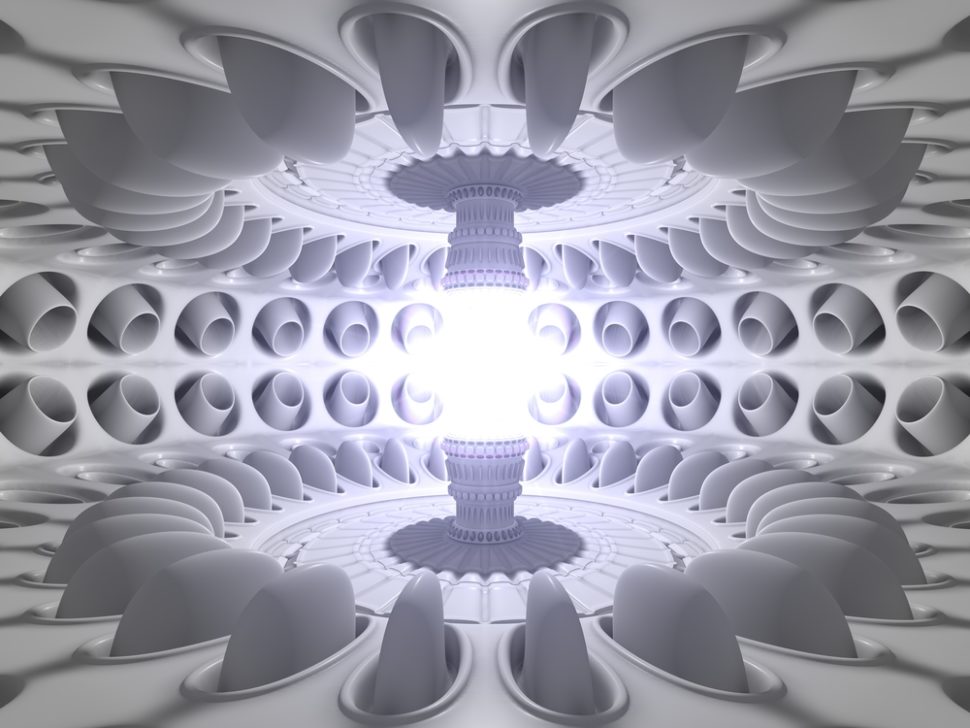MIT is proposing a novel design for fusion power plants that solves the problem of excess heat while also promising advanced, robust, and compact reactors.
High temperatures that enable fusion reaction, the unsteady operation of reactors, and plasma instability are all major hurdles that collectively impede fusion power development.
Now, we can check all these issues off thanks to newly developed and innovative solutions.
Although, it’s not the end of the tunnel. There are still many other major problems that will be facing future fusion power plants.
Confining a “sun” in a chamber comes with the downside of excess heat that could cause structural damage to fusion power reactors.
MIT engineers have been working on the heat issue, and they might be on to something revolutionary with a novel design for next-gen fusion power plants.
MIT’s Advanced, Robust, And Compact Fusion Reactors
Commonwealth Fusion Systems (CFS) is an MIT spinoff startup that was founded last year to develop an innovative superconducting magnet technology for fusion power.
Last March, MIT announced it would be collaborating with CFS to “carry out rapid, staged research leading to a new generation of fusion experiments” based on high-temperature superconducting magnets and create a pilot fusion power plant in 15 years.
A few months in and the MIT and CFS collaboration is already looking very promising.
We owe the solution that makes steady-state plasma possible to MIT engineers, and now they tackled the heat issue with a novel design for future fusion plants.
MIT’s new design, known as ARC, for Advanced, Robust, And Compact, is “unlike that of typical fusion plants, would make it possible to open the device’s internal chamber and replace critical components; this capability is essential for the newly proposed heat-draining mechanism.”
Several engineers from MIT, CFS, and also Mitsubishi Electric Research Laboratories worked on this conceptual design that outfits fusion power reactors with an exhaust management system that sheds excess heat.
“You want to make the ‘exhaust pipe’ as large as possible. It’s really a revolution for a power plant design,” says Dennis Whyte, director of MIT’s Plasma Science and Fusion Center.
The high-temperature superconducting magnets that provide the basis for the ARC design not only “enable a compact, high-powered power plant, but they also provide a lot of options for optimizing the design in different ways — including, it turns out, this new divertor design.”
Before settling on the present definitive ARC design, several MIT students in a class taught by Professor Whyte came up with dozens of possible concepts. Then, through calculations and simulations, they eliminated designs that didn’t work.
Bruce Lipschultz, professor of physics at the University of York (UK) who was not involved in the research, says about the ARC:
“All of the ARC work has been both eye-opening and stimulating of new ways of looking at tokamak fusion reactors. This latest paper incorporates new ideas in the field with the many other significant improvements in the tokamak concept.”







Comments (0)
Least Recent